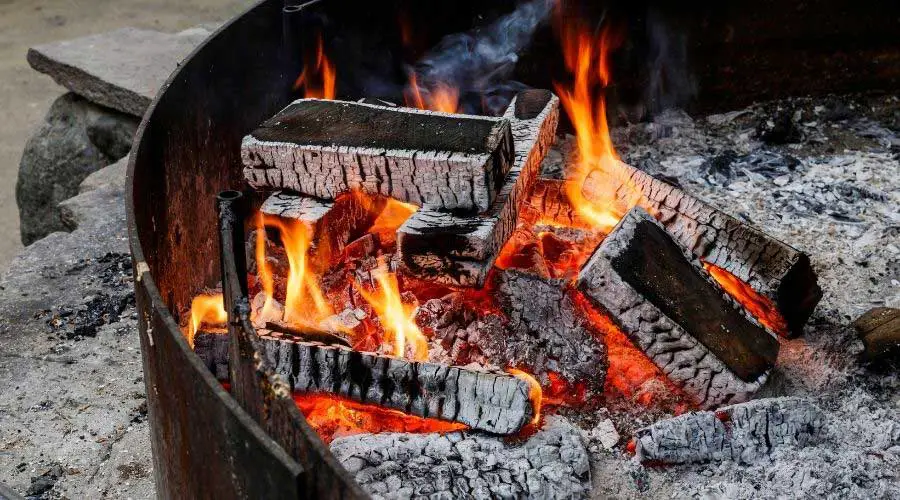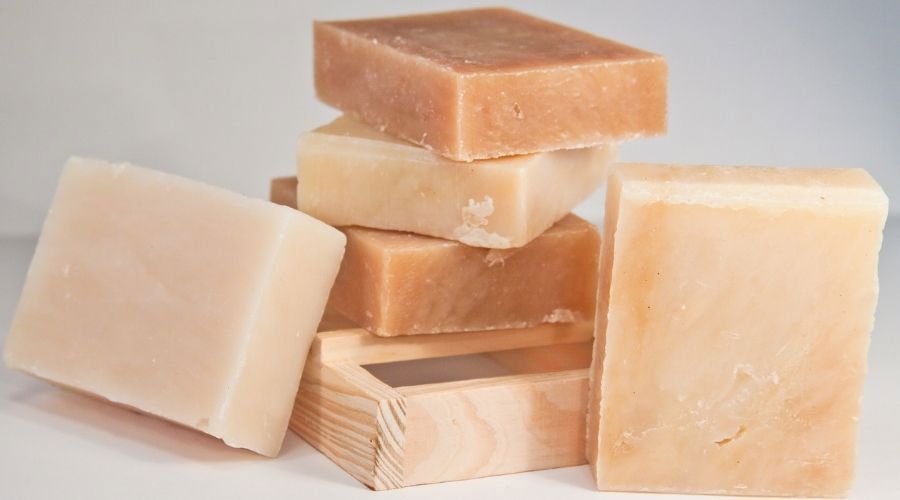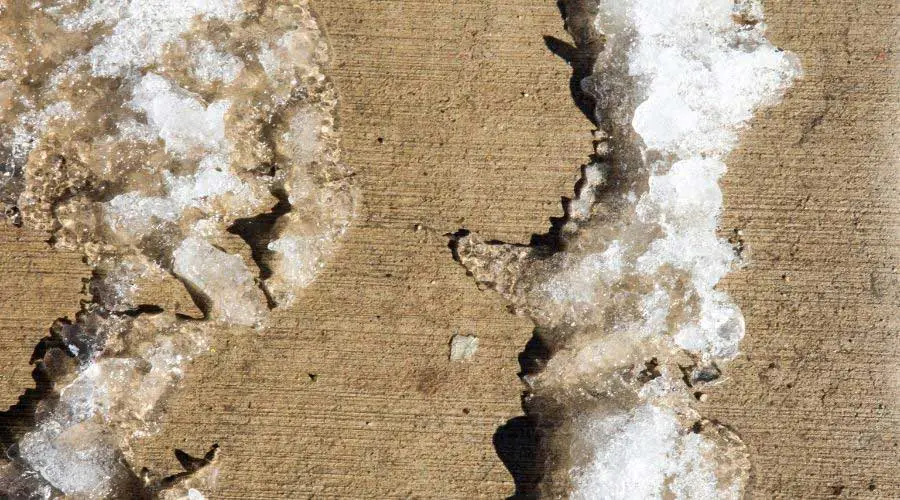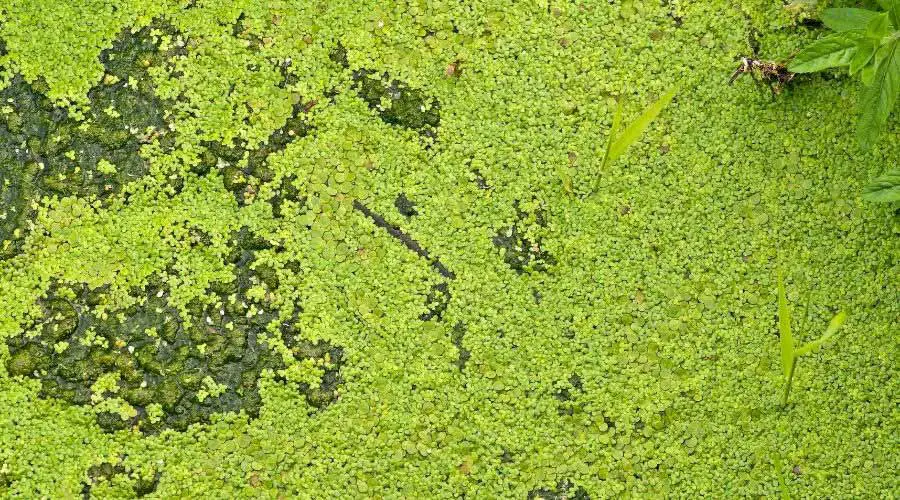
Staying warm, sharing stories, cooking, and making memories around a fire pit is where the fun is. The trouble comes afterward when figuring out what to do with the fire pit wood ash.
As it turns out, you can do plenty with all the ash you accumulate. Some of the things you can do include the following:
- Improve your soil health
- Pest-repellant
- Making soap
- Help to absorb odors
- Cleaning purposes
- Soak up oil spills
- Add traction to your surfaces
- Treatment of injuries
- Slow algae growth
- Make ceramic glazes
- Smother fires
- Food preparation, seasoning & preservation
With so many uses, fire pit ash from wood is more of an asset than a liability. This article will discuss these things in greater detail and, thus, help you repurpose what some people would consider trash.
How to Remove Wood Ash from the Fire Pit
The general rule of thumb is to wait for at least 24 hours after the last fire, which you should extinguish when you no longer need it.
That provides time for hot embers to stop burning. You can then place your hands in the air over the ash to feel the heat. If you still feel some warmth, it may be better to wait for another day or two.
According to the Chimney Safety Institute of America, you should leave a one-inch layer of ash in the firebox to make it easier to start and maintain a fire. So, you may want to follow the same advice for the fire pit while it is in use, even when collecting the rest of the ash.
Once you have given the fire pit enough time to cool, you should open its screen and use an appropriate tool like a shovel or spade to remove the ash. Put that ash into a metal container, sprinkle a bit of water to ensure there is no fire possibility, and then cover it.
The reason you should use a cover is to ensure the ash bits are not blown away and scattered all over the place. Do this severally until your metal container is full.
12 Ways to Reuse Your Fire Pit Ash
You can reuse fire pit ash depending on what is going on in your property or the activities you like to engage in. Below are some ways you can repurpose it and even save some money while you are at it.

1. Use Fire Pit Ash to Improve Your Soil Health
One of the best and most common uses for fire pit ash is to help improve the health of your soil.
Balancing Soil pH
Soils have different levels of acidity and alkalinity, measured in terms of pH. These pH levels range from 0 to 14, with seven referring to neutral soils that are neither alkaline nor acidic.
However, those that are acidic have lower values than seven, while those that are more alkaline have values above seven.
Most crops tend to do well in soils with a pH of 6.0 to 7.0. But others do better in soils that are slightly more acidic.
These include flowers, such as gardenias and hydrangea, and plants like blueberries, kale, and tomatoes. On the other hand, plants like asparagus, beans, and cucumbers do very well in alkaline soils.
Generally, too much acidity is harmful to many plants and can limit their development. Unfortunately, too much soil acidity is typical due to the overuse of artificial fertilizers in some farms, gardens, and lawns. Also, some high-yield crops can cause changes to the soil pH and turn it acidic over time.
So, when soil becomes acidified, one of the standard solutions is to use agricultural limestone to make it more alkaline. And that is where your fire pit wood ash comes in.
Like agricultural limestone, fire pit ash is alkaline. That means you can use it as a substitute. But it is more beneficial because it dissolves in water better.
As a result, you can mix it in water, pour it on your garden or lawn, and experience soil pH changes very quickly.
When using wood ash from the fire pit, consider the weight of limestone you would have used, and at the very least, double that amount. Doing a soil test is the best way to learn how much limestone you would need in the first place.
But ensure you do not use it excessively either. Also, avoid using fire pit ash for soils that are already alkaline or where you intend to grow plants that prefer acidic soils.
Improving Soil Fertility
Firepit ash can go beyond improving the soil pH. You can also use it to improve soil fertility. But if you opt for this method of repurposing ash, remember that 20 pounds of ash are enough to cover 1000 square feet of your lawn or garden.
You would be amazed at just how many nutrients fire pit ash contains. They include potassium, magnesium, phosphate, and calcium. However, the level of these minerals in every batch will vary depending on the kind of wood.
You can use the ash in various ways to improve soil fertility. For starters, you could apply it directly to the soil before planting.
Also, you could apply it at the base of plants and grass. However, you can opt for composting. In that case, you could use the ash periodically in between layers of other organic matter to make the compost more neutral.
There is also the option of making wood ash tea by mixing the fire pit ash with water and letting it steep for five days before straining. The ratio is about one pound of ash in 10 gallons of water. You can then use the tea to fertilize the plants that need it.

2. Use Fire Pit Ash as a Pest-Repellant
Lots of pests hate ash, which means you can repurpose it as a pest repellant. And when you do so, you can safeguard your plants, pets, poultry, and even bees.
If you have issues with snails and slugs, you could deploy some of your ash. But do not apply it to the plant if you can help it. Instead, pour a ring of ash around the plants under attack to keep these creatures away.
Ash from the fire pit works well against slugs and snails because it is a desiccant. That means it draws water away from their bodies, thus dehydrating them.
In addition, you could use fire pit ash to keep bugs away from your pets and poultry. If you have a dog or cat, you could apply wood ash on their furs and then wash them after a day or so.
Because pests, such as fleas and ticks, need a humid environment to thrive, and ash is a desiccant, it will repel them and force them out or cause them to die.
It would be best if you spread some of it in your poultry coop because of ash’s dehydrating qualities. Birds like chickens love to take dust baths. So, they can do that using ash instead of regular soils. While doing so, the ash will repel and kill common pests like ticks.
If you are a beekeeper, ants are always something to worry about. They can launch attacks that force your bees to migrate elsewhere or kill the entire colony. Luckily, wood has from your fire pit can help you keep them away.
The fire pit ash tends to repel or kill ants, which means you can spread it around each hive. You can also sprinkle on top of any ant mounds you come across to get rid of them from your lawn or garden.

3. Make Soap Using Fire Pit Ash
Traditionally, people made soaps using animal fat that they mixed with an alkaline solution known as lye. The mixture would then undergo saponification to form the soap that one could use for cleaning and bathing.
Firepit wood ashes are alkalis. And they are also water-soluble. That means if you leach the ashes in the water, you can make soap. But for the best results, it is best to use ash from hardwood trees like hickory and maple.
If you opt to reuse fire pit ash in this way, you can take advantage of the numerous online resources that teach people how to make lye from wood ash before making soap traditionally.

4. Use Fire Pit Ash to Absorb Odors
The last thing you want is to deal with foul odors in fridges, compost heaps, chicken coops, closets, or a house for your pet.
Thanks to ash, you do not have to because it absorbs smells in the air. And ashes with high carbon content, such as those made from charcoal or hardwood, have better absorption capabilities.
First, if your fridge tends to smell, you can try putting some fire pit ash in a small container and leave it in there.
You can also leave some ash in a room or closet space that smells musty. Because ash is a desiccant that absorbs moisture from the surroundings, it will help dry the surrounding area and make it smell fresher.
You may also want to put ash in spaces with a composting toilet or wastewater treatment system. It will reduce the smells within those spaces significantly.
In addition, you should consider putting ash in containers or porous bags in poultry coups, bird cages, rabbit hatches, and dog kennels to try and control the odor. You could also sprinkle it on your pet blankets and beds to achieve similar effects.
You may also want to use fire pit ash in case of a skunk attack, especially on your pet. Just apply ash into its fur, leave it outside for a few hours, and wash it thoroughly.
Wood ash from a fire pit will also come in handy if you want to remove foul odor in stinky shoes and exercise equipment. You can sprinkle it or create a paste, apply it on these things, allow it to do its work for a few hours before cleaning them.

5. Use Fire Pit Ash for Cleaning Purposes
Sometimes, you need to improvise, especially when having to clean dirty things at short notice. And if that happens, you can use fire pit ash after a fire to do so.
You can also use a wood ash paste to clean glass. In addition, you can take advantage of its abrasive nature to polish your silverware and metallic jewelry that has lost its shine.
Firepit ash also comes in handy in washing machines and dishwashers. But you must first convert it into lye if you want it to work well as a cleaner and disinfectant.
It is in lye form that you can also use the ash to unclog drains. That is because lye helps to break down grease and hair, which contribute significantly to clogging.

6. Soak Up Oil Spills Using Fire Pit Ash
If you happen to spill oil in your home, garage, or driveway, attend to it right away by using wood ash from your fire pit. Doing so may reduce the cleanup headaches later on.
Wood ash tends to absorb oil from a surface when you sprinkle it. It reduces the chances of stains and makes it easier to get rid of whatever remains.
You can then use a broom to sweep away the ash after it sits for a while. Stone, cement, and asphalt surfaces can all benefit from that kind of cleaning strategy.

7. Add Traction to Your Surfaces Using Fire Pit Ash
Did you know that 25 percent of snow- and ice-related falls occur in parking lots? And did you also know that one million Americans suffer from slip and fall injuries annually?
Therefore, the last thing you want is to create or ignore road or walkway conditions that could cause you or people on your property to slip and fall.
That is why you should not underestimate how dangerous snow can be. Icy conditions tend to cause slips because the pathways have less traction. That is where your stored wood fire pit comes in very handy.
Typically, people use chemicals or salts to de-ice a surface and free it from snow, frost, or ice to make it safer and more usable.
However, wood ash is an excellent option if you do not have salt or want a more eco-friendly option for improving traction on your roads and walkways.
Firepit ash works by instantly improving traction on icy surfaces. It also works because it contains nitrogen and potassium salts, which help de-icing under moderate snowy conditions.
The best thing about it is that you do not have to worry about your pets, plants, or the surfaces underneath. The ash won’t cause any lasting damage if you use it in moderation.

8. Use Fire Pit Wood Ash for Injury Treatment
What happens when you get injured and do not have access to a first aid kit? Well, a fire pit could be instrumental to your healing process. You could use its ash to treat your injuries.
Some studies show that wood ash acts as an effective antiseptic and disinfectant. In addition, it accelerates the rate at which wounds can heal.
So, you are likely to recover comfortably and painlessly after an injury by using fire pit ash to administer first aid and treat your wounds.
You can also use the ash to form lye as part of the soap-making process. That soap will help you wash your hands and prevent diseases transmitted partly or wholly due to lack of cleanliness.

9. Slow Algae Growth Using Fire Pit Ash
Algae tend to reduce the amount of sunlight that plants in the water get. As a result, these plants may end up dying or developing slowly.
Also, algae can strangle some aquatic animals to death. In addition, they discolor water, make it unattractive and smelly, and unfit for human consumption.
Unfortunately, algae breed rapidly, making them a big problem in your pond, dam, aquarium, or water storage tanks. Luckily, wood ash from your fire pit can make your aquatic plants thrive.
About one tablespoonful of wood ash in every 1000 gallons of water provides enough potassium salts to give other Aquatic plants a chance.
It will boost their growth and help them develop fast enough to compete favorably with algae. As a result, algae’s growth will slow down.

10. Use Fire Pit Ash to Make Ceramic Glazes
Ceramic glazes are coats applied to ceramic items by firing, making them less porous while improving their beauty. Many substances can be used as a glaze. And wood ash happens to be one of them.
If you opt for an ash glaze for your pottery, you will need to mix the wood ash with water and clay to form a paste. You may also need to blend it with other ingredients, depending on what kind of glaze you are looking to achieve. And then, you can apply that paste onto your ceramic ware before firing it.

11. Smother Fires Using Fire Pit Ash
When a fire breaks out in the kitchen, fireplace, or any other part of your property, you should try to put it out before it becomes a nightmare.
If you have a bucket of fire pit ash nearby, which has had time to cool, don’t bother looking for anything else if a small fire breaks out and time is of the essence.
If a fire extinguisher, sand, or soil is not available, but ash is, use that. Most people would probably go for water, not realizing that it could cause more dangerous reactions that increase the fire or cause an explosion.
The ash will help smother the fire and put it off before it gets out of control. After all, it is an excellent replacement for ground limestone, which is generally used to extinguish fires.

12. Use Fire Pit Ash for Food Preparation, Seasoning & Preservation
Some ethnic communities have been using wood ash for centuries to prepare, season, and preserve food. You, too, can try to do the same with the same strategies people have been using.
Ash for Baking Purposes
First, wood ash from a fire pit can replace baking soda during baking – the latter acts as a chemical leavening agent. It does that by reacting with an acid ingredient to form carbon dioxide that helps the flour rise.
However, people in the ancient days used wood ash as the leavening agent since it mainly contains potassium hydroxide and potassium carbonate that can perform similar functions. And you could do the same thing.
If you choose to experiment with wood ash as a baking ingredient, find appropriate elements and adapt the measurements. Follow recipes to the letter because any deviation could significantly impact the feel and taste of your end product.
Ash for Seasoning Purposes
Ethnic communities, such as the Cherokee, used ashes as a form of seasoning. So, you could use it to substitute salt in your food.
If you are adventurous, you could also create an ash filtrate out of it to cook food, such as beans, faster while imparting the desired taste.
Ash for Food Preparation Purposes
These days, it is fashionable for chefs to cook in ash to impart a smoky and bitter flavor on some foods like cheese and meat. In such cases, the food is placed on smoldering ashes and left to cook over a long time.
Wood ash from a fire pit can also nixtamalize corn and give it characteristics similar to wheat flour and improve its nutritional value.
During the nixtamalization process, corn kernels are soaked in an alkaline solution and cooked. After that, they are washed, hulled, and ground to form flour called masa.
It is also worth noting that wood ash from your fire pit can help cure some types of foods, such as olives, Chinese century eggs, smoked or salted meats, and fish (e.g., Lutefisk).
Ash for Food Storage Purposes
Firepit ash is also excellent for food preservation. It is still in use for seed preservation.
You can use the ash to store seeds, particularly heirloom ones, in air-tight containers. The ash acts as an insect repellant and keeps moisture away, thus, preventing fungi growth.
You can also use wood ash to store young cheese that needs to ripen. It helps improve coloring and taste. And it also protects the curds and improves the rind formation process.
Final Thoughts
For wood ash from the fire pit to fit human consumption, it should only come from organic matter. That means you should not use treated wood.
People should not have applied pesticides, herbicides, and other chemicals to that wood. And you should not use composite wood either to create that ash.
Once you learn how to repurpose wood ash, you will no longer see it as something to get rid of. Instead, you will collect it eagerly every time you use the fire pit, knowing there is so much you can do with it without harming the environment.
References














